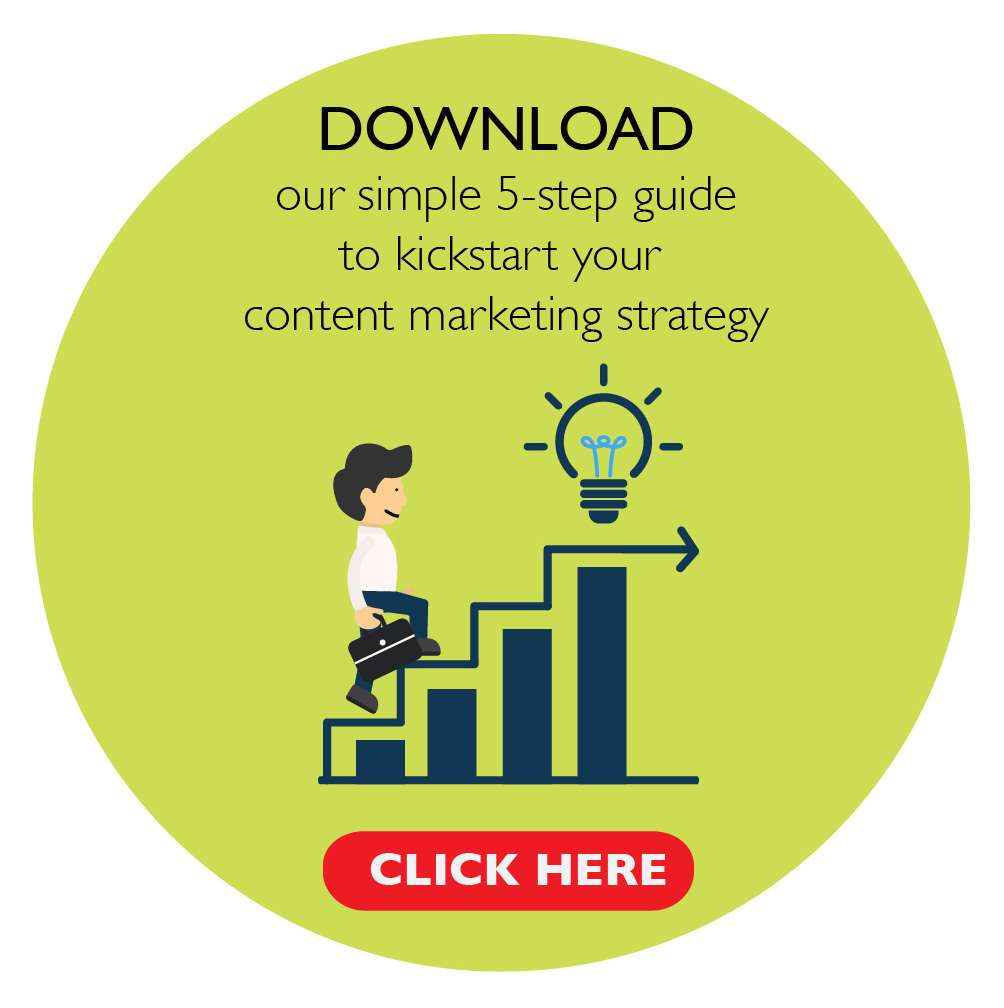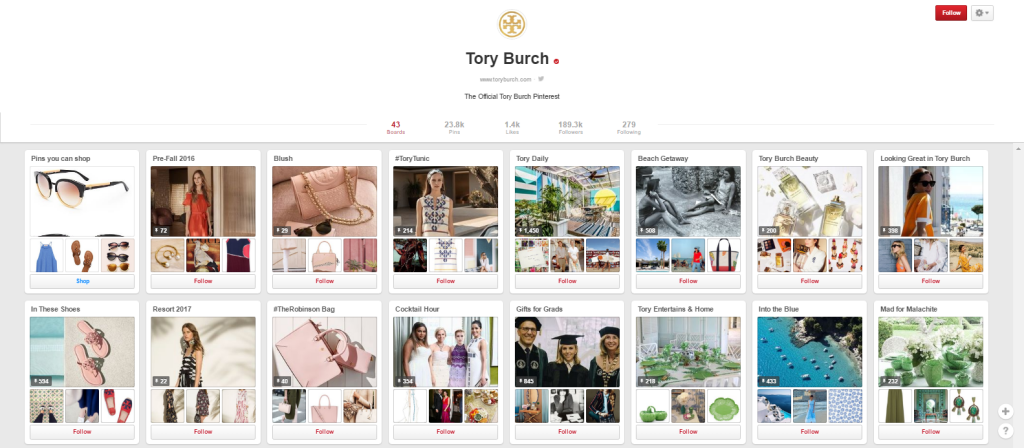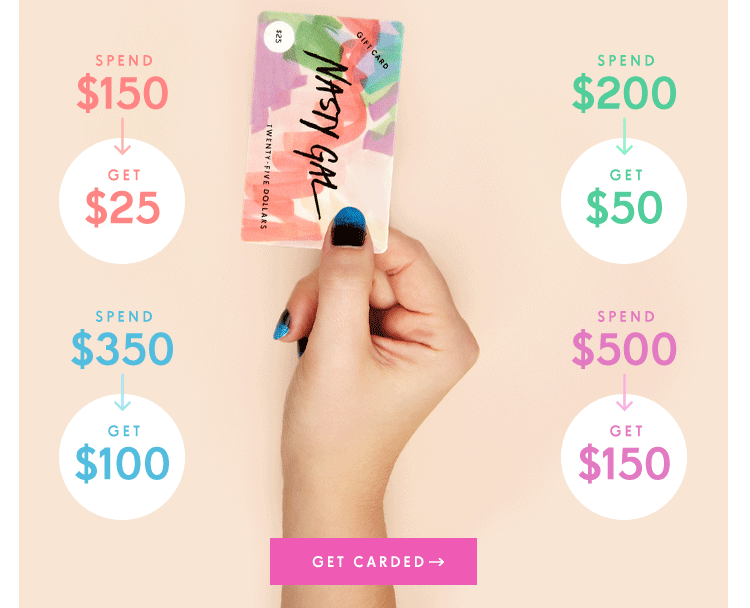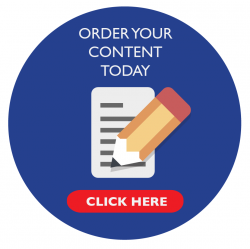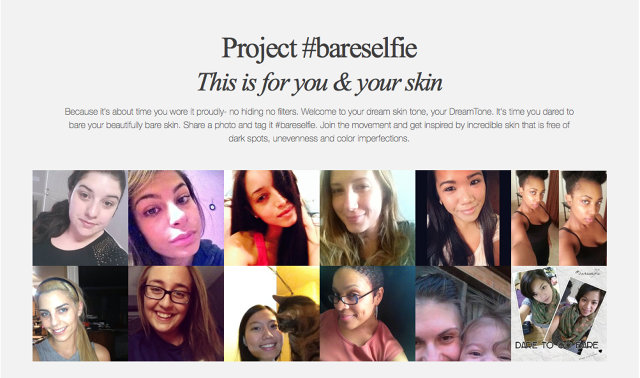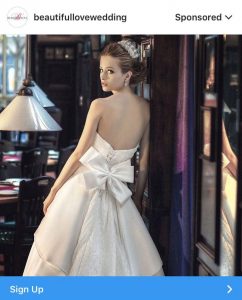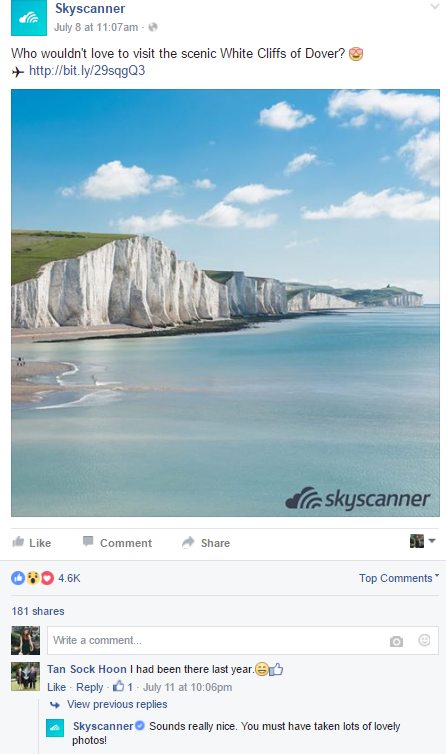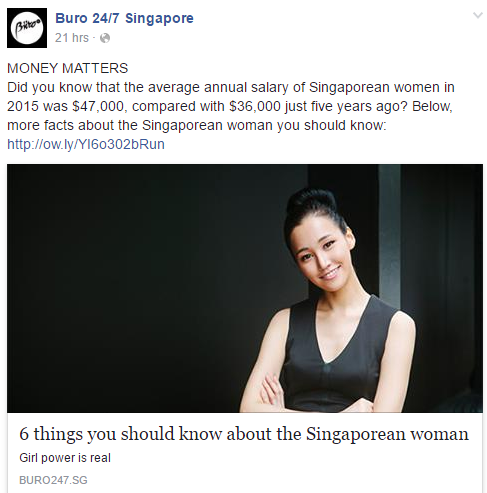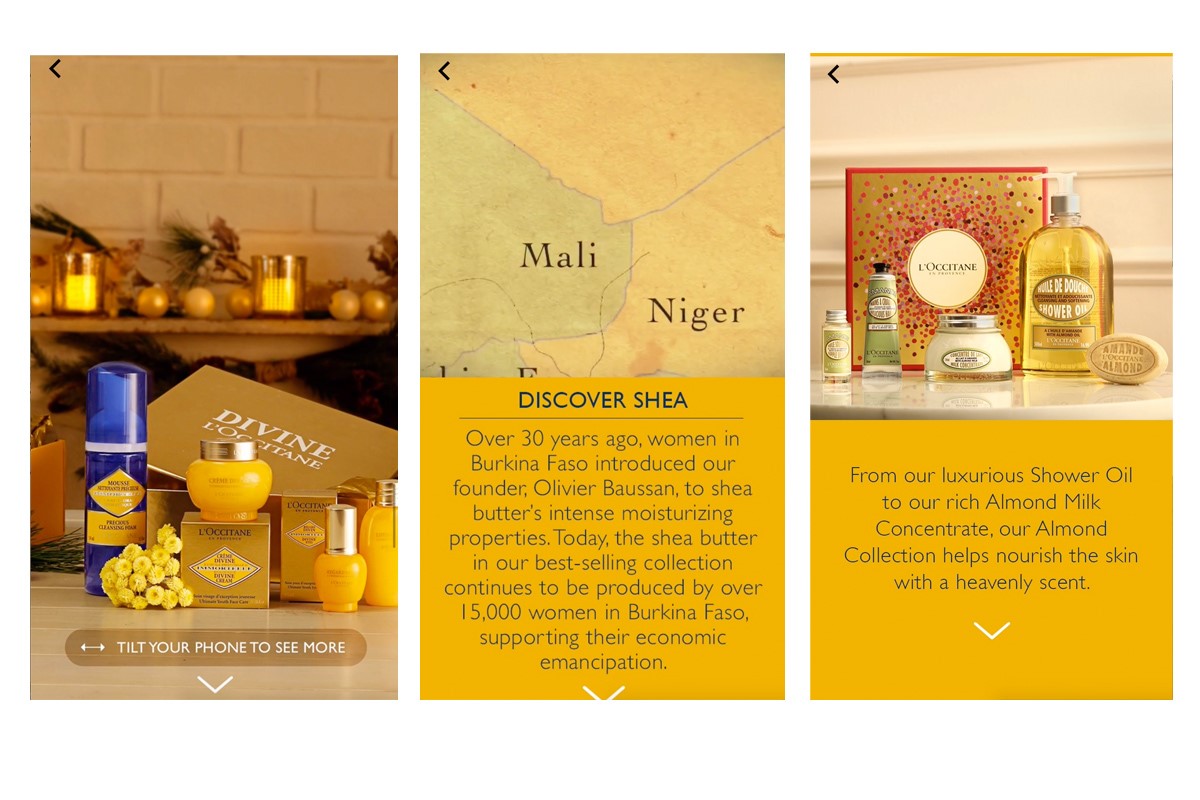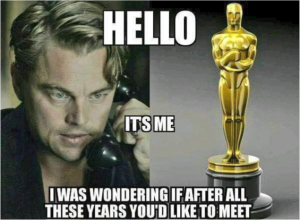What a great event the Olympics really are! It’s a chance for the world to come together and connect over a love of sport, patriotism and healthy competition. Every four years we witness some of the world’s greatest athletes achieve the unachievable, break records, and make us all proud.
Over time, the Olympic Games has had its fair share of PR disasters, and Rio 2016 didn’t exactly had the best start. From budget concerns, to toxic waters and pollution, Zika virus threats, angry citizens, and theft (and the list goes on), there was a point when we all wondered whether any athletes would even show up.
So how does an event this size return from the negative backlash that has been taunting it for the past few years?
Here are three key PR takeaways from this year’s games:
-
Control your story
Haters are always gonna hate! It’s hard to change people’s minds, and so the best thing you can do is change the narrative and re-direct the focus. It’s easier to sway public opinion with the right connections and resources. At Rio 2016, having Supermodel Gisele Bundchen strut her stuff in the Opening Ceremony was the start of something good for the Games. I quickly noticed the news angle change from talking about what has gone wrong so far, to the start of a great Olympic Games. The media focus then began to shift to the events and athletes – which is where it should have been from the start.
-
The show must go on
The Olympics will go ahead one way or another. If negative news is to happen, let it happen, and move on. The ‘negatives’ are always going to be more controversial and juicier to read about. Large-scale events like the Olympics undoubtedly have their fair share of blunders, so it’s best to just accept it, plan for it and keep the momentum going on the topics that really matter.
-
Take your gold medal
Even when you win, you need to reflect on your performance. Walk away from an event with good memories, but break down the situation entirely – the good, bad and the ugly. I doubt many of us will really be talking about the negative aspects of Rio 2016 in two weeks time – instead we’ll be talking about the gold medals Michael Phelps walked away with, how Joseph Schooling put Singapore on the sporting map, and whether Usain Bolt broke another world record. Those are the lasting impressions that matter.
Events are hard, and you will never be able to please everyone. But managing expectations and planning ahead is part of the job. If your event is garnering negative press, look above it, go to your back-up plan and work with your PR team to help navigate the narrative during and after the event.
Need help creating a winning PR strategy for your brand? Get in touch with us at [email protected].



